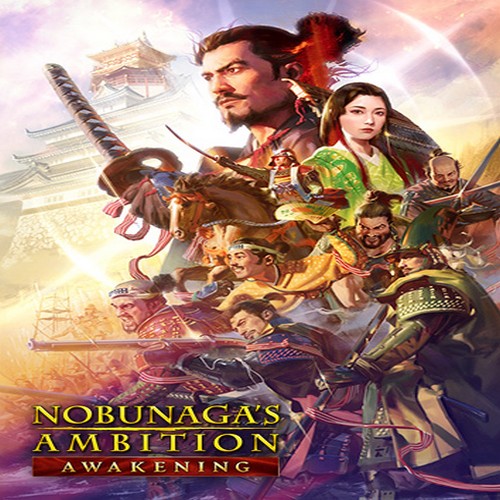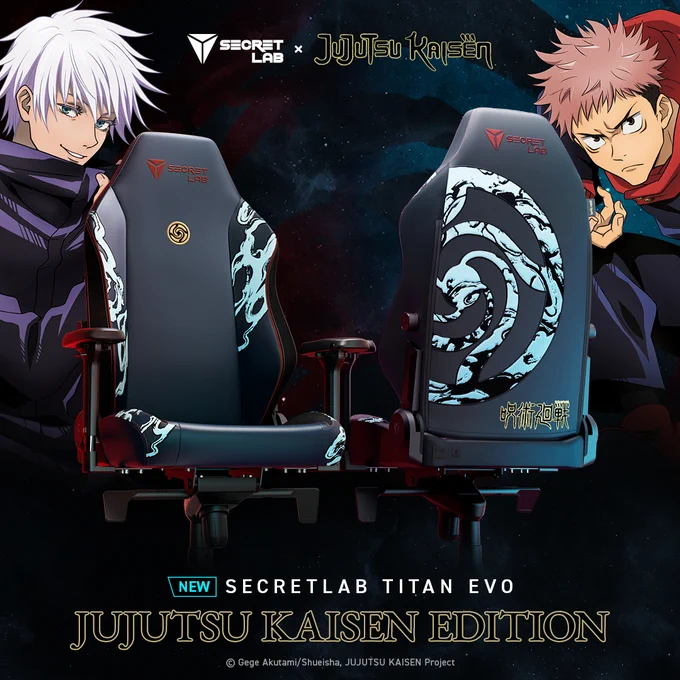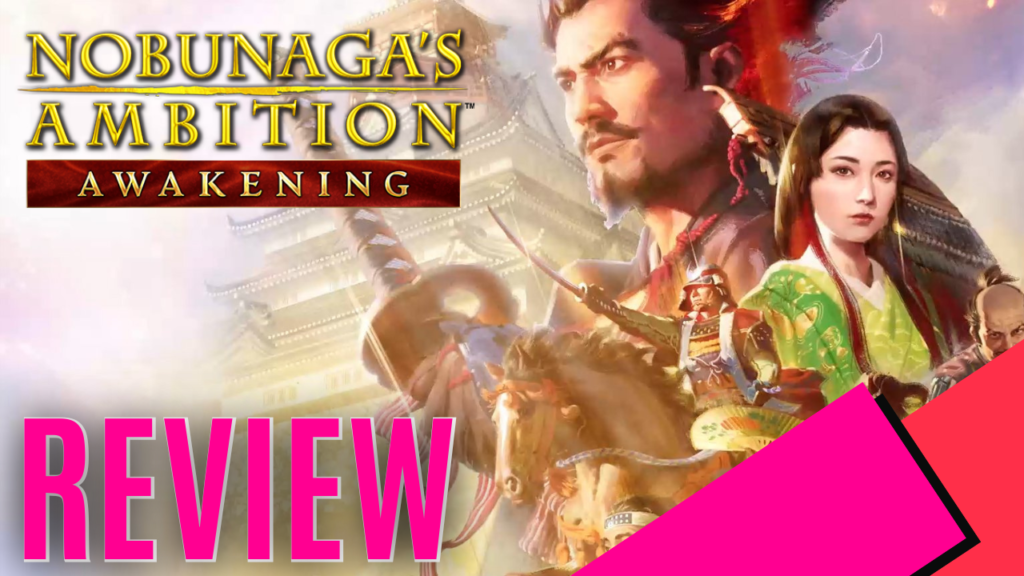
Kou Shibusawa’s well-known series ‘NOBUNAGA’S AMBITION’ is back again for its sixteenth installment into the historical simulation franchise. With the first being released back in 1983 back on the SEGA Genesis and having shipped over ten million units worldwide, it’s becoming a well-known virtual, turn-based, military strategist game throughout the gaming community.
Nobunaga games are named after one of the most prominent and infamous figures back in the Sengoku Era being Nobunaga Oda. The name also has lots of meaning in Japan with (Nobu) meaning declare, announce and proclaim and (Naga) meaning chief, head, and leader. His vision was to have Japan united and as a new world. He was the daimyǒ of the Oda clan until his death in 1582 when he was at the height of his power and known as the most powerful warlord in Japan. He was ambushed by his retainer, Akechi Mitsuhide, and Kyoto which forced him to commit seppuku.
‘NOBUNAGA’S AMBITION: Awakening’ is the latest installment into the franchise based in 16th Century Japan, in the Warring States Period or more commonly known as the Sengoku Era. You experience the life of a daimyõ who are powerful Japanese leaders. You are leading the clan where like all military strategy simulations you need to think about every move you make as it will affect the game majorly from things like economy, diplomacy, or even military right over the country.
Like Nobunaga Oda, the aim of the game is to capture and control as many of the territories as possible whilst running with all swords blazing for a battle. The game has a huge political side to it which you can use to your advantage more times than you would think. Taking the more political approach to the game keeps you thinking differently and if the negotiations fail you know then it’s time for war but if you go into the negotiations with an open head and a full pocket you should be walking out a more powerful man or woman.
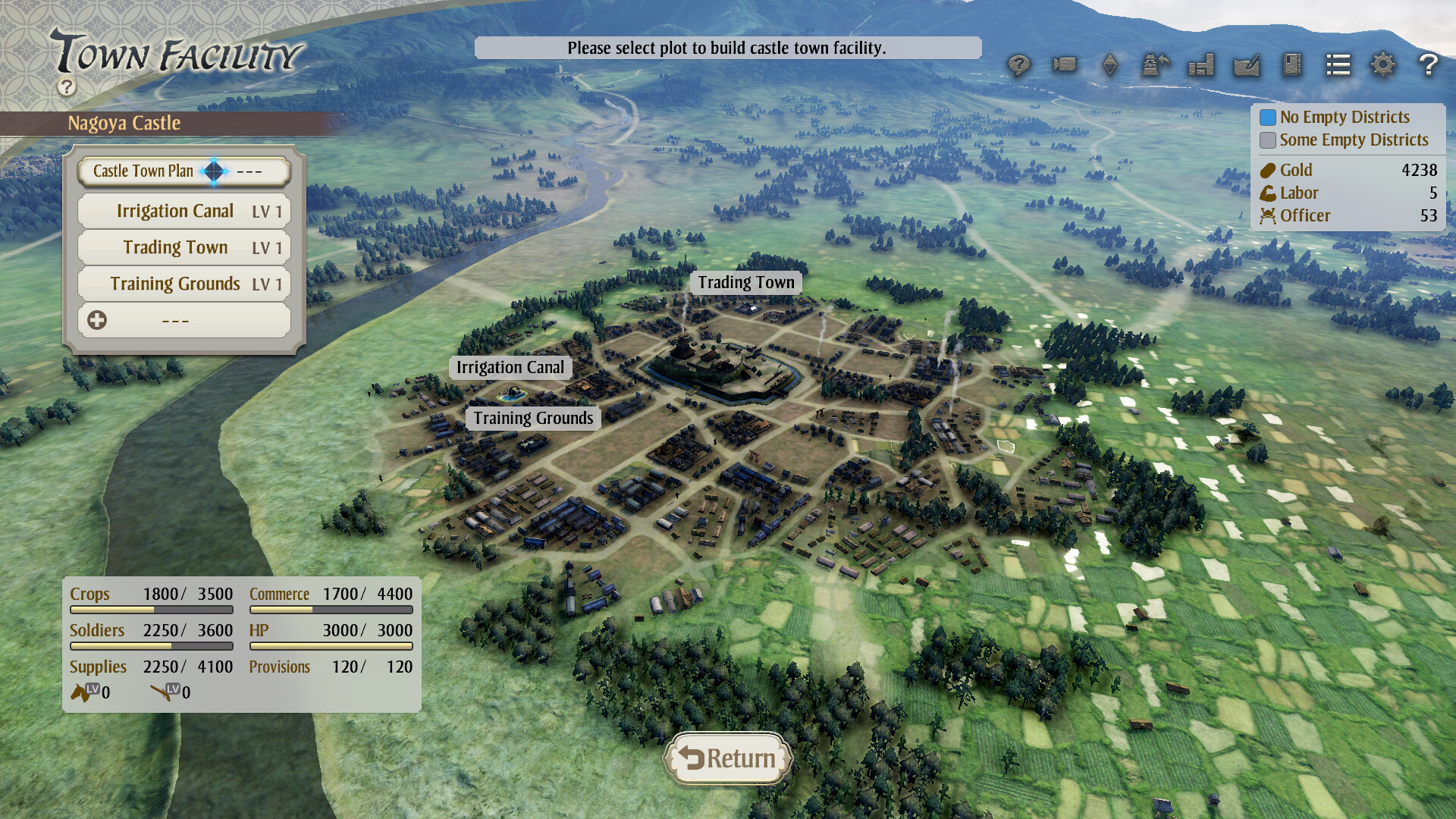
The battles are amazing in this game and for anyone that has never touched a war simulation game like this before you are in for a treat. You don’t and can’t always go in from the front as you place your pieces on the chess board so you need to inspect the battlefield before even deploying the troops that came for war. You can do something called a “Pincer” which is when you have troops deployed from the front and another group of troops coming in from the back on the flank which hurts their defenses greatly.
With military simulation games, you need to take some time back and think about strategies and that the game can and will learn what you are doing and will counter that. The battles themselves are quite basic with just being more just click-and-attack setup but in the grand scheme of things winning the battles is very rewarding. With Sieges too, you have multiple different maps that you need to learn the strategies for and become the warlord you dreamed of.
You will have full support from your retainers being the daimyǒ. The retainers are all A.I. driven which makes how they operate and react to things completely different per person. This title features the most out of any of the games with 2,200 different retainers who all are different with their own traits and qualities. This makes the game feel more like your own and not just a generic war simulator.
One of the things I enjoyed was building a relationship with the retainers but not getting too close because we all know what happened to Nobunaga back in 1582. You can reward the trainers for good work and offer them higher positions within the council in the game which ends up being a big part.
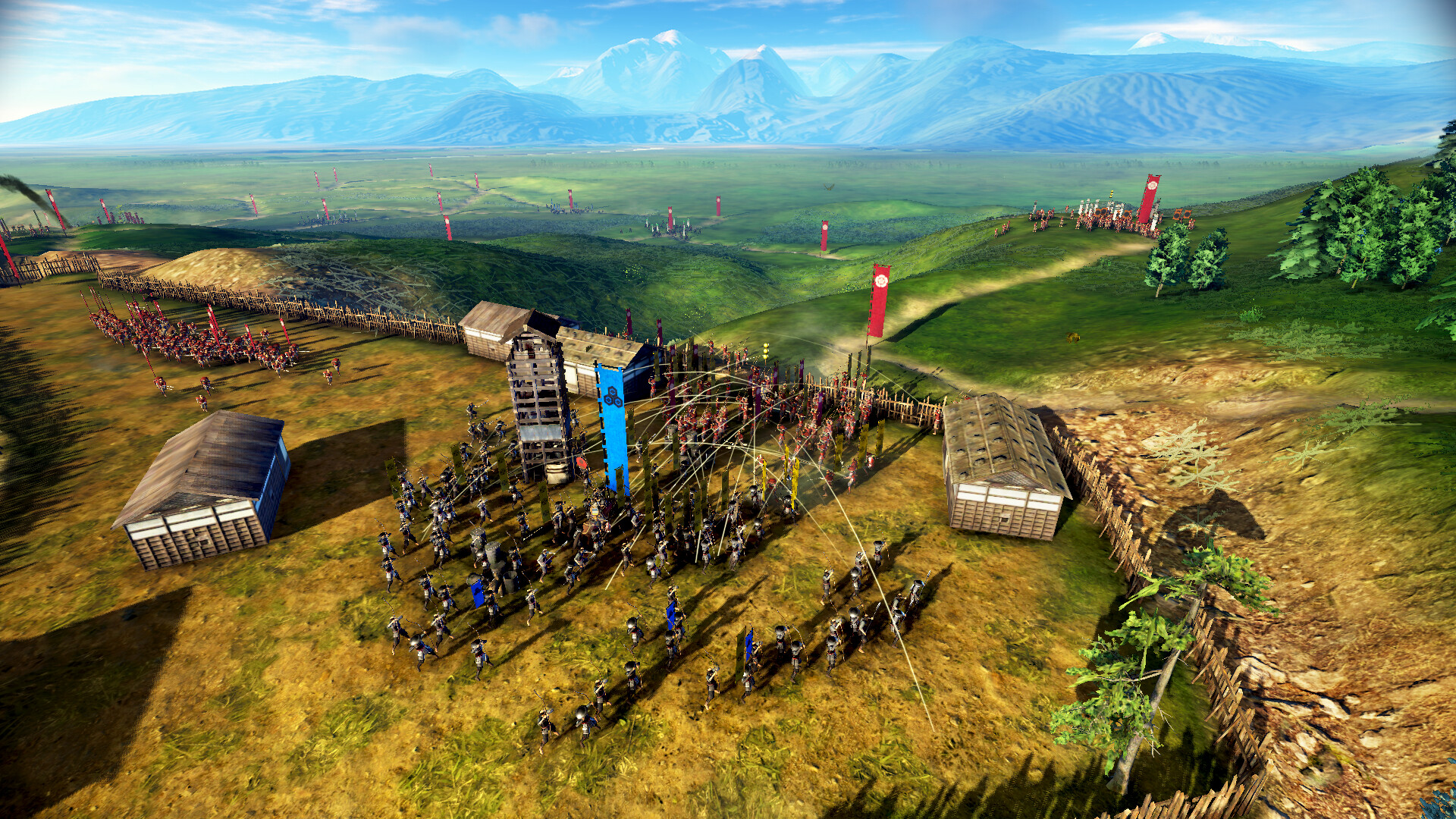
There is not too much I can cover with the controls as this game is heavily mouse orientated and I could not see anywhere to set up macros like you have in a title like ‘Starcraft’. Opening menus and commanding troops all relies on using your mouse. You do have some utilization with the keyboard being able to pan around the map and rotate the camera using W, A, S, D, and then Q, E to rotate the camera.
If you want to add some more customisation to the game you can create your own officers to implement into the game with their birth year, death year, and where they are born. The customisation stops with the portraits. You get a selection of pre-created portraits but that doesn’t take away from putting in a beast of an officer named after myself.
There are no skills trees or perks added yet which would be cool to see in a later update. There is building in the cities though which adds to the resources needed to expand your empire. You can get anything from irrigation canals to shooting galleries. I found once you have the resources they don’t seem to diminish too much but the first time building something or needing to have political negotiations you want to make sure you got some gold to offer or you’ll be laughed out of the door.
The dialogue sounds played with my head a little as I would have loved to have Japanese voice acting and subtitles which would have added to the immersion a little more for me. It reminded me of watching the English dubbed Dragon Ball which is never as fun as watching it in Japanese. There are some characters that have some more voice-acting dialogue than others and you get the retainers or samurais that have the same lines but might sound slightly different.
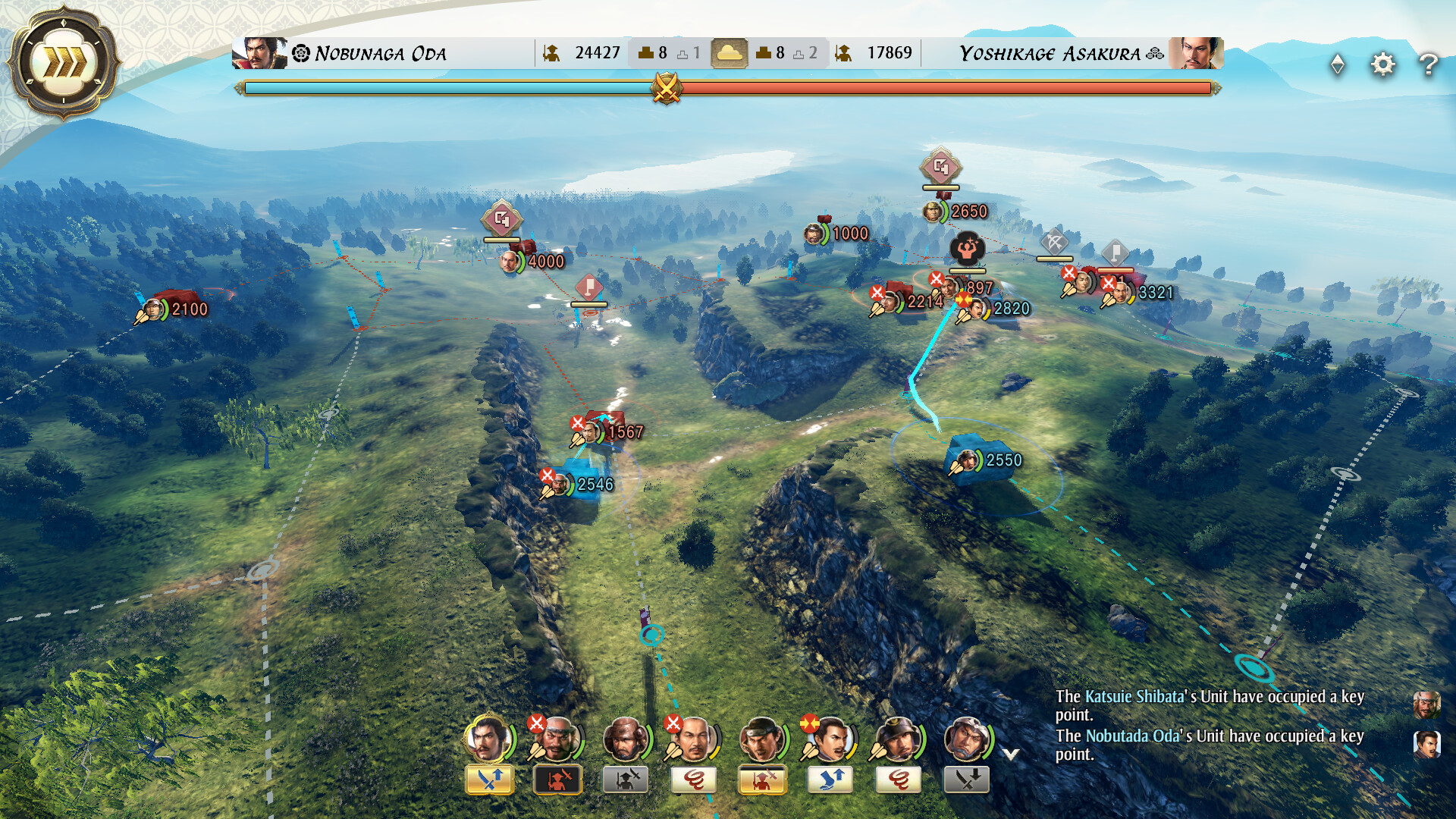
Whilst looking at the map of the territories and seeing what you want to take over, you can hear the faint sound of wind instruments and a piano playing in the background which is obscure as it did not seem fitting. When in battle though you hear what sound like war horns and soldiers screaming with some heavy drum beating in the background which amps you up to go in for those flanks.
Graphically, there is minimal design, not a surprise with this style of game as it’s mainly looking at the map. The first thing you will notice is for some reason this game will launch in window mode on some weird resolution settings so you will want to change that quickly so you can get the full-screen experience. The developers didn’t need to spend time on making the game visually stunning but they have clearly spent more time on the UI and cutscene aspects of the title which they did not disappoint with.
The UI was absolutely stunning and had that Japanese look and feel to it. The same with the cutscenes. They were a slide-by-slide narration of still images and the art team did a fantastic job recreating and creating new people back from the Sengoku Era. The battle scenes looked amazing too, even with the low detail, it was awesome to see the little battle scenes and zoom in enough to see the soldiers running toward the enemy.
If you love a classic feeling military strategy game then NOBUNAGA’S AMBITION: Awakening will not let you down. It’s a game that slows everything down and makes you think long and hard about what you are doing and the best way to do it. At any time, you can be thrown under the bus and attacked without a moment’s notice. If you have played the series before or just coming into it now like myself, you will spend some time on it.

The Good
- Great Audio
- Stunning visual scenes
- Easy to pick up game gameplay
- Rich history
The Bad
- Some of the audio lines were a little repetitive

